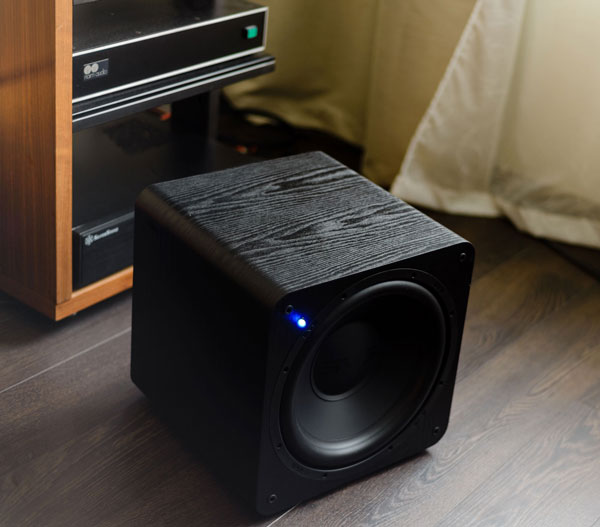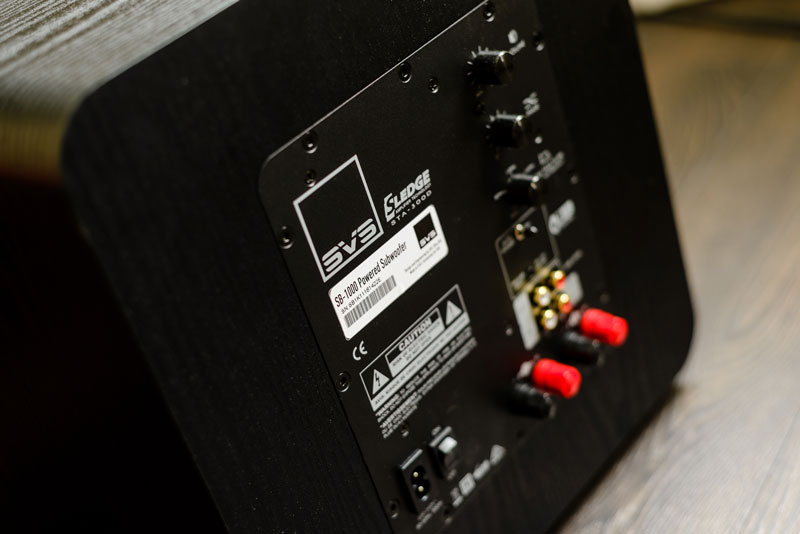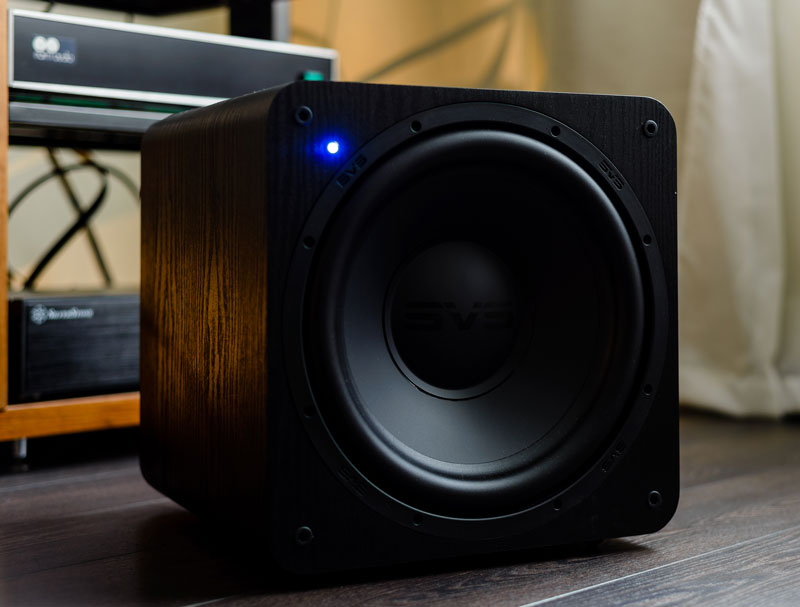When I received the offer to test a subwoofer in my system, I was quite puzzled. Like most audiophiles, I am suspicious of subwoofers, although I understand that everything is solved by a specific implementation. But all prejudices are still difficult to overcome. And yet, I took this test as a kind of Challenge. Will there be a place for a subwoofer in my system?
From the point of view of my system, two main points impeded the successful use of the sabwoofer The first thing that embarrassed me was why, with 12-inch bass speakers, would I use a subwoofer in my system? And the second thing was, how do you connect it all? But about everything in order.

As for the first moment, theoretical, such things have come to mind by common sense. If we abstract from my own system and speak in general, a subwoofer may be required in a high level setup for the following reasons:
- It's no secret that our listening rooms aren't perfect and not all are properly treated. That's why correct bass reproduction is one of the biggest problems with integrating existing speakers into the room. From this point of view, a subwoofer seems a sensible solution because it allows you to operate on the location of the bass section more widely. In other words, it's often the case that we've got a couple of great speakers that are placed so that they play music in the best possible way, and yet this placement is not ideal in terms of bass (excitation of the appropriate room resonances). In this case, a subwoofer lets you "cut off" the bass component of a speaker above a certain threshold, while the lower bass is free to place it elsewhere, the freedom of choice for which is incomparably wider than for a pair of main speakers.
- The level of that same bass. It's a kind of thin-compensation that most modern, high-quality amplifiers lack. I don't think anyone would be surprised if I said that even in a well-built system you often get records where the bass is either too much or too little. A subwoofer here lets you twist the bass knob in the right direction.
- The listnening's late at night. Most of us who do not have our own free-standing houses have to accept the fact that after a certain hour the volume knob has to be turned counterclockwise, sometimes noticeably below the desired level. And the main concern of our neighbors here is primarily the pervasive bass. It's an attractive compromise when you don't turn the volume down so much, but you can "clean up" the bass even more.The audition's late at night. Most of us who do not have our own free-standing houses have to accept the fact that after a certain hour the volume knob has to be turned counterclockwise, sometimes noticeably below the desired level. And the main concern of our neighbors here is primarily the pervasive bass. It's an attractive compromise when you don't turn the volume down so much, but you can "clean up" the bass even more.
All of the above hints that the subwoofer, if not a mandatory one, is a life-supporting solution. What remains to be done is to come up with something for practical implementation. So, the subwoofer under test is called SVS SB-1000 (I understand SB means sealed box - closed box, because there is also a model PB - ported. box) and is a normal "cube" with rounded side edges and equipped with a 12 inch speaker with a closed design and, of course, a built-in amplifier.

A quick study of the "Quick Connect Guide" quickly showed me that there is no quick solution. All of the proposed schemes concerned only the moment when it was necessary to add the signal from the subwoofer to the main signal, which is appropriate only in the case of home theater or system with small shelves that can not give anything serious below a certain limit. With the Spendor SP100R in the system, I needed anything but the extra bass from the saba. And then I had to read the full instructions more carefully, where just a small font in the margins (jokingly) described the same variant, the theoretical basis for which I brought above. Namely: the SVS SB-1000 subwoofer under test has a stereo input and a stereo output. The stereo input is fed from the preamplifier (adjustable volume), then the signal is trimmed at 80 Hz, and then the signal through the stereo output goes to the power amplifier and further to the main speakers. Of course, the preamplifier's volume control knob not only controls the signal for the power amplifier, but also the signal for the subwoofer, allowing it to tandem with the main system. All that's required is a separate preamplifier and power amplifier. Fortunately, at the time of the test, I had that kind of equipment. So, in the test system, the source of the signal was the Streamer Sonore microRendu, then the signal via USB was fed to the combine Ayre Codex, which served both the DAC and preamplifier, from its output the signal went to the subwoofer, and then to the amplifier Fezz Audio. Mira Cetiwhich, among other things, can be used as a power amplifier. So my Spendor speakersndor SP100R were powered by a single-stroke tube amplifier cut off from below at 80 Hz, and the bass was supported by a subwoofer.

The basis for success here is first and foremost careful installation and adjustment. There are a number of tips in the manual, but here too, as usual, you should listen and experiment. The three ingredients for proper operation are placement, phase and upper cut frequency. If everything is done correctly, and patience is needed here, a subwoofer can be very seamlessly integrated into the sound of the main speakers. It creates the illusion that this box near the side wall of the room is not involved in the formation of sound - the bass is not from there, but as if from the side of the speakers.
After setting up, I started experimenting with the bass level and I can say that despite the initial skepticism, the results were very interesting. Well, first of all, yes, adjusting the bass level on some recordings allows to get subjectively different impression of the main range. I have quite well integrated very large speakers in a typical size living room (18 square meters), but there are enough records, where the bass would like to be smaller, and then the sub allows, reducing the level of the bass itself, to get subjectively lighter, more legible middle, the sound has become more relaxed, the top free. And during night auditions you feel more psychologically confident - you just reduce the bass to the level of "intuitively felt" - in any case, the neighbors will have no reason to complain, while the volume remains quite decent.

The bass itself turned out to be surprisingly good quality - no "flowering" and muttering, rather, it was quite squeezed, collected, and at the same time went "deep". And very good was the legibility of the notes in height. Although in fact, that's what the bass from a small closed box should be.
Anyway, I'm satisfied with the result of the experiment. It was a very useful experience. I will tell the skeptics right away: no, my Spendors did not "overcome" this humble little sab when they were playing in full force, receiving a full range signal from a 300V single-stroke lamp. And there was no such task in this case. But a noticeable percentage of records played at least something more interesting, in its own original and fresh way. Well, if you can not fit a good speaker in a difficult room - I recommend, try this option, it is quite possible, here is the salvation.













